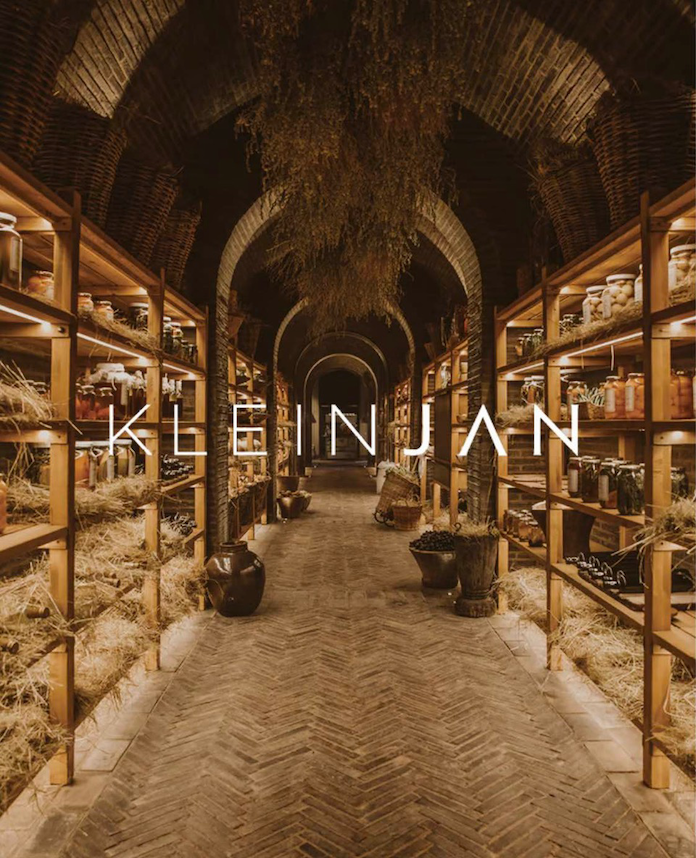MASTERING THE MELT
THE 7 HABITS OF HIGHLY EFFECTIVE CHOCOLATIERS
You might not be a chocolatier (yet), but if you’ve ever thought about it (of course you have), you might have picked up a few tricks along the way. The first thing you probably learnt is that working with chocolate is a precise business. Everything matters, from the surface you work on to the bowl you mix in. In other words, you can’t leave anything to chance. Ready to finally take your chocolate skills to the next level? Then take note of these few rules before you get started.

ONE
To avoid flavour loss, chocolate must never exceed 48 °C, so always use a thermometer. When your chocolate reaches 46 °C, remove it from the heat and stir it like you mean it. This prevents overheating (the heat may keep rising if you keep it on the hob), but vigorous stirring also distributes the cocoa butter evenly.
TWO
If your work surface is on one side of the kitchen, your sink should be on the other. Just one drop of water or wisp of steam is enough to turn your chocolate lumpy. Should your chocolate become contaminated with water, adding vegetable oil, clarified butter or cocoa butter will restore it to a workable condition, but what a waste of great chocolate! Also never cover your chocolate when working with it. This may condense the moisture in the air and cause it to drop into the chocolate.
THREE
Don’t use just any old bowl for mixing. The best chocolate pots respond readily to changes in temperature. Unlined copper is the classic option, but aluminium or tempered glass also works well.
FOUR
There are many ways to melt chocolate, and no, the microwave oven is not the enemy here, as long as the temperature of your chocolate does not exceed 48 °C.
FIVE
To chop or to grate? It’s a complicated question. If you’re sure you can keep the temperature of the chocolate below 48 °C throughout, you can add it to the pot in large chunks. But if you can’t trust that it won’t exceed this temperature, rather grate it so it melts more uniformly. Then, keep watching it, stirring often to avoid overheating.
SIX
When using a bain-marie, the water in the lower container (usually the saucepan or stove pot) shouldn’t exceed that golden 48 °C, and the upper container (mixing bowl) shouldn’t touch the water. Again, stir enthusiastically.
SEVEN
When working with milk or white chocolate, stirring is more important than watching, although now still isn’t a good time to decide to re-watch Oprah’s interview with the Sussexes. Because these types of chocolate contain milk solids, they need constant disruption to keep them from turning lumpy.















